Sathiyaraj Thangasamy
TamilEmo: Finegrained Emotion Detection Dataset for Tamil
Feb 09, 2022
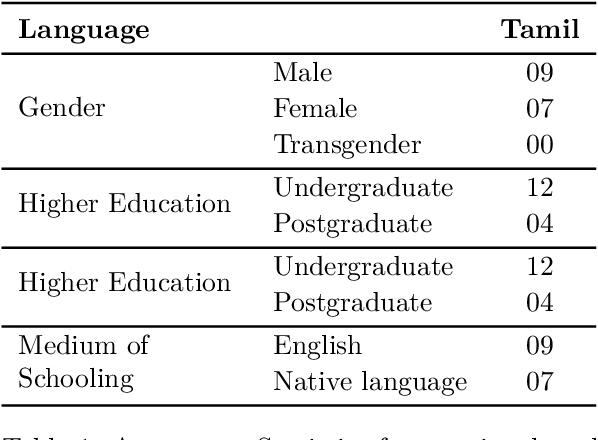
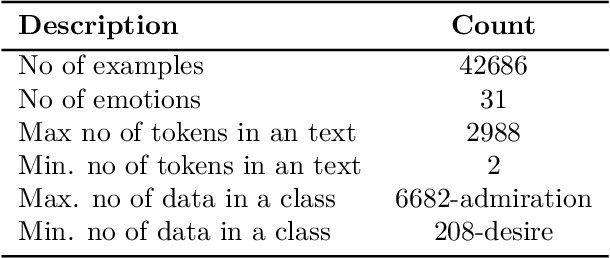
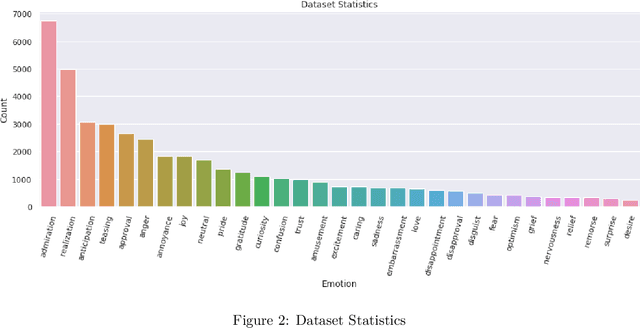
Abstract:Emotional Analysis from textual input has been considered both a challenging and interesting task in Natural Language Processing. However, due to the lack of datasets in low-resource languages (i.e. Tamil), it is difficult to conduct research of high standard in this area. Therefore we introduce this labelled dataset (a largest manually annotated dataset of more than 42k Tamil YouTube comments, labelled for 31 emotions including neutral) for emotion recognition. The goal of this dataset is to improve emotion detection in multiple downstream tasks in Tamil. We have also created three different groupings of our emotions (3-class, 7-class and 31-class) and evaluated the model's performance on each category of the grouping. Our MURIL-base model has achieved a 0.60 macro average F1-score across our 3-class group dataset. With 7-class and 31-class groups, the Random Forest model performed well with a macro average F1-scores of 0.42 and 0.29 respectively.
Pegasus@Dravidian-CodeMix-HASOC2021: Analyzing Social Media Content for Detection of Offensive Text
Nov 18, 2021
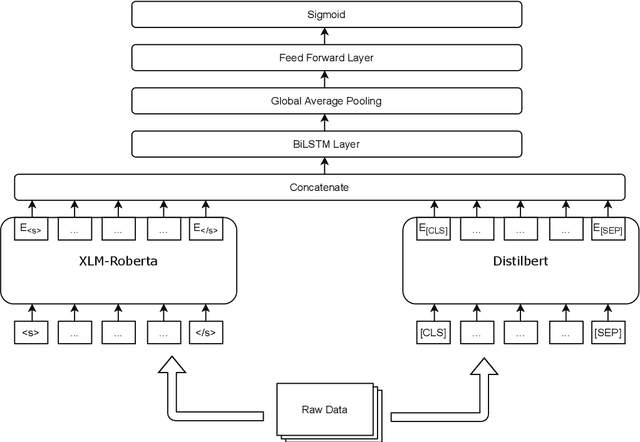
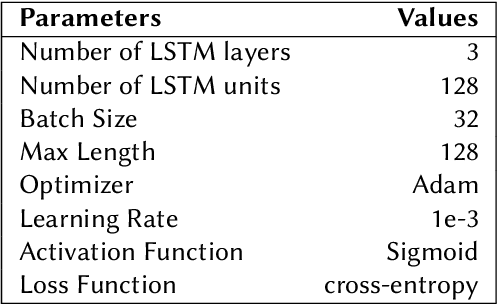
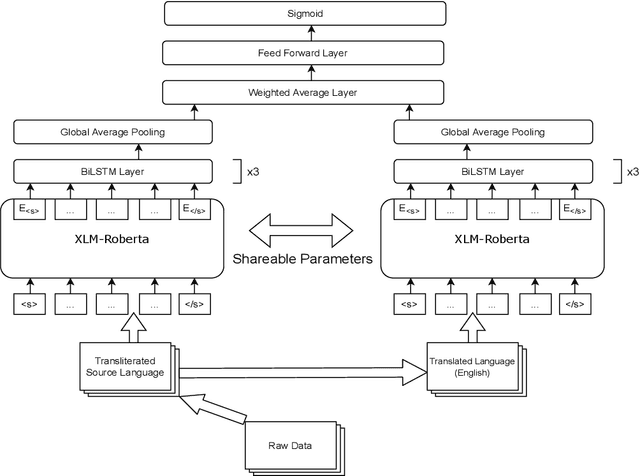
Abstract:To tackle the conundrum of detecting offensive comments/posts which are considerably informal, unstructured, miswritten and code-mixed, we introduce two inventive methods in this research paper. Offensive comments/posts on the social media platforms, can affect an individual, a group or underage alike. In order to classify comments/posts in two popular Dravidian languages, Tamil and Malayalam, as a part of the HASOC - DravidianCodeMix FIRE 2021 shared task, we employ two Transformer-based prototypes which successfully stood in the top 8 for all the tasks. The codes for our approach can be viewed and utilized.
Dataset for Identification of Homophobia and Transophobia in Multilingual YouTube Comments
Sep 01, 2021
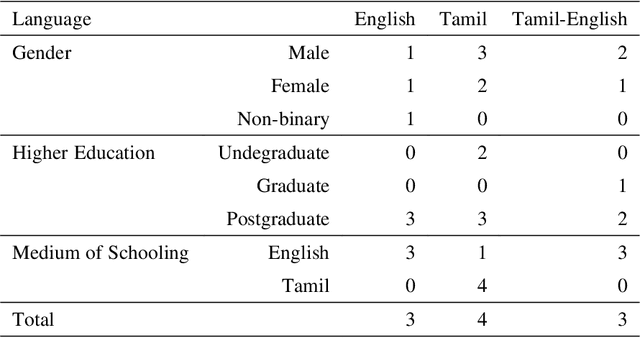


Abstract:The increased proliferation of abusive content on social media platforms has a negative impact on online users. The dread, dislike, discomfort, or mistrust of lesbian, gay, transgender or bisexual persons is defined as homophobia/transphobia. Homophobic/transphobic speech is a type of offensive language that may be summarized as hate speech directed toward LGBT+ people, and it has been a growing concern in recent years. Online homophobia/transphobia is a severe societal problem that can make online platforms poisonous and unwelcome to LGBT+ people while also attempting to eliminate equality, diversity, and inclusion. We provide a new hierarchical taxonomy for online homophobia and transphobia, as well as an expert-labelled dataset that will allow homophobic/transphobic content to be automatically identified. We educated annotators and supplied them with comprehensive annotation rules because this is a sensitive issue, and we previously discovered that untrained crowdsourcing annotators struggle with diagnosing homophobia due to cultural and other prejudices. The dataset comprises 15,141 annotated multilingual comments. This paper describes the process of building the dataset, qualitative analysis of data, and inter-annotator agreement. In addition, we create baseline models for the dataset. To the best of our knowledge, our dataset is the first such dataset created. Warning: This paper contains explicit statements of homophobia, transphobia, stereotypes which may be distressing to some readers.
Do Images really do the Talking? Analysing the significance of Images in Tamil Troll meme classification
Aug 09, 2021



Abstract:A meme is an part of media created to share an opinion or emotion across the internet. Due to its popularity, memes have become the new forms of communication on social media. However, due to its nature, they are being used in harmful ways such as trolling and cyberbullying progressively. Various data modelling methods create different possibilities in feature extraction and turning them into beneficial information. The variety of modalities included in data plays a significant part in predicting the results. We try to explore the significance of visual features of images in classifying memes. Memes are a blend of both image and text, where the text is embedded into the image. We try to incorporate the memes as troll and non-trolling memes based on the images and the text on them. However, the images are to be analysed and combined with the text to increase performance. Our work illustrates different textual analysis methods and contrasting multimodal methods ranging from simple merging to cross attention to utilising both worlds' - best visual and textual features. The fine-tuned cross-lingual language model, XLM, performed the best in textual analysis, and the multimodal transformer performs the best in multimodal analysis.
 Add to Chrome
Add to Chrome Add to Firefox
Add to Firefox Add to Edge
Add to Edge